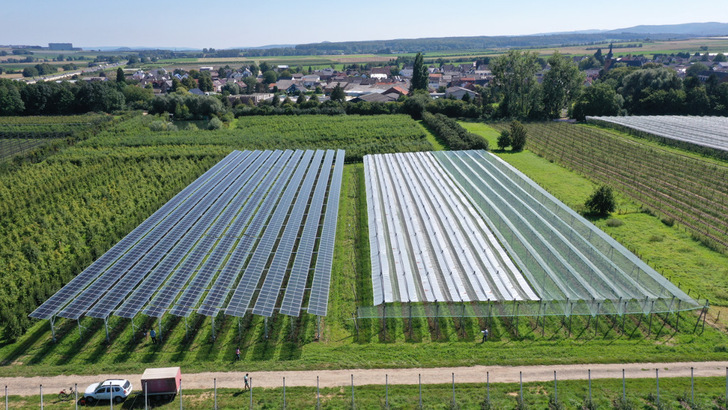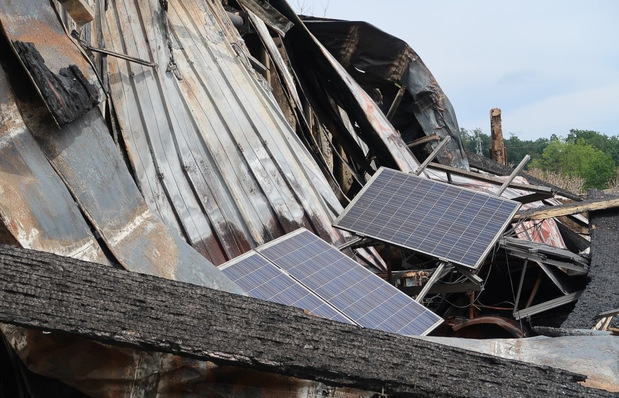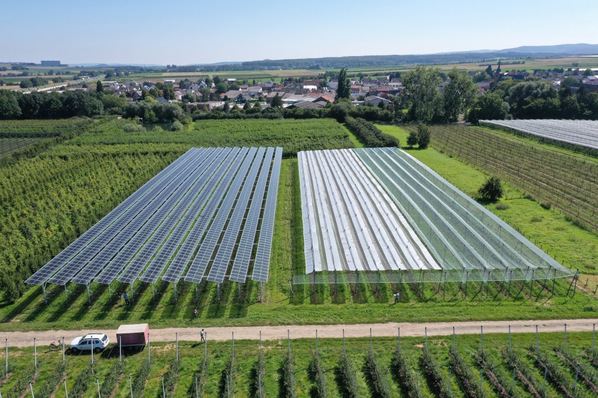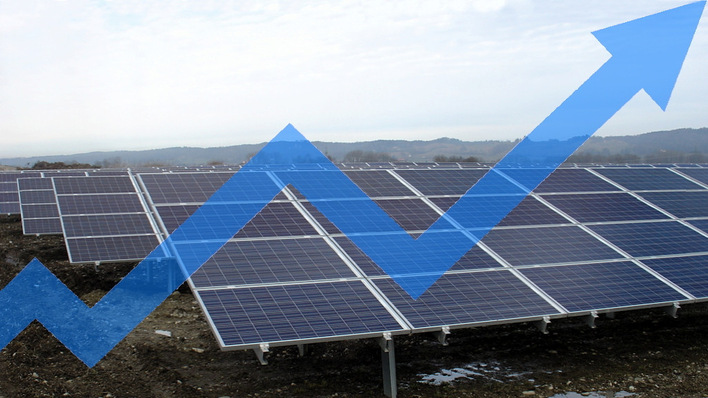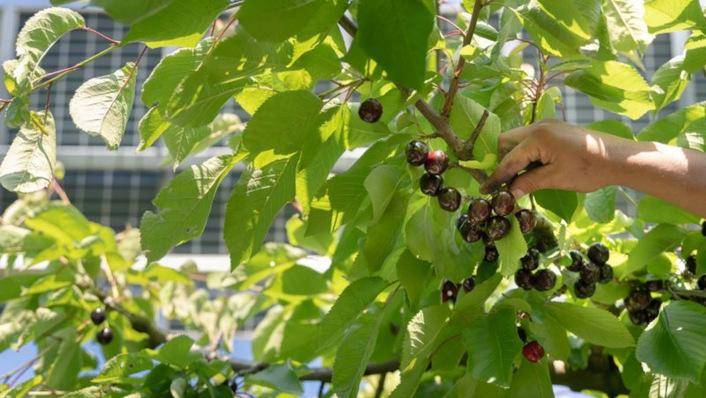The construction of solar parks is not always greeted with enthusiasm by local communities. However, that scepticism tends to evaporate when the solar plant is combined with agriculture. Citizens rate agri-PV far more favourably than standard solar parks, as researchers at the University of Bonn found.
They surveyed nearly 2,000 individuals about their views on ground-mounted solar systems. Before offering their opinions, respondents were given a briefing on the upsides and drawbacks of both agri-PV and conventional solar farms.
Comparing agri-PV and the usual suspects
In a second step, participants were randomly assigned to one of three groups. The first group was shown photos of a cattle pasture, and for comparison, a meadow with long rows of solar panels woven among the grazing cows. The second group looked at a wheat field with and without solar panels. The third group got vineyards – a visual palate cleanser of a kind.
Preferences follow on landscape context
Each image set was compared with a conventional solar park in the same landscape. “On the one hand, we asked the participants how they assessed the intervention in the respective landscape,” explained Hendrik Zeddies from the Centre for Development Research (ZEF) at the University of Bonn. “For example, how attractive or unattractive they found the areas shown or how they rated their recreational value.”
Marius Sinn of Next2Sun: “We achieve additional yields of up to ten percent”
Participants were also asked whether they’d pay more for electricity produced in these areas or whether they’d consider paying to keep a solar farm out of sight altogether.
Greater appeal for power from agri-PV
The findings are clear: agri-PV enjoys considerably broader public support regardless of the landscape shown. Indeed, nearly 44 percent said they would be willing to pay more for electricity from these dual-use areas. By contrast, just 29 percent were willing to do so for a standard solar farm.
Harvesting the full potential of agri-PV
A mere 2.9 percent would dip into their own pockets to stop a projected agri-PV project. With conventional solar parks, that figure rises to 4.8 percent. It may be still a minority, but it’s a notably larger share of the nay-sayers in comparision to agri-PV. (su/tf)


